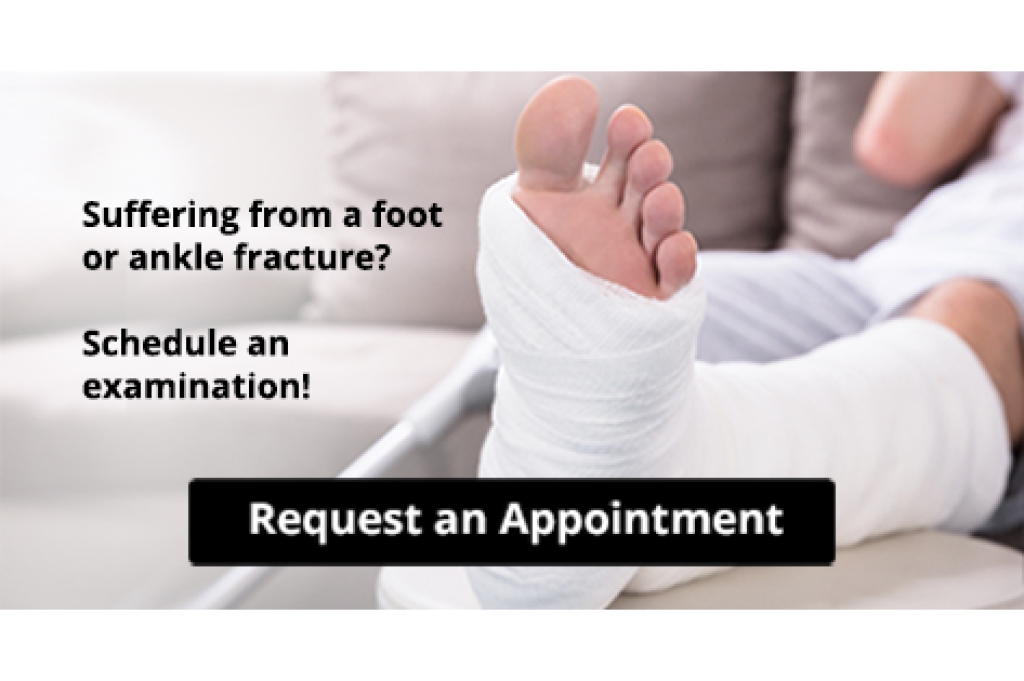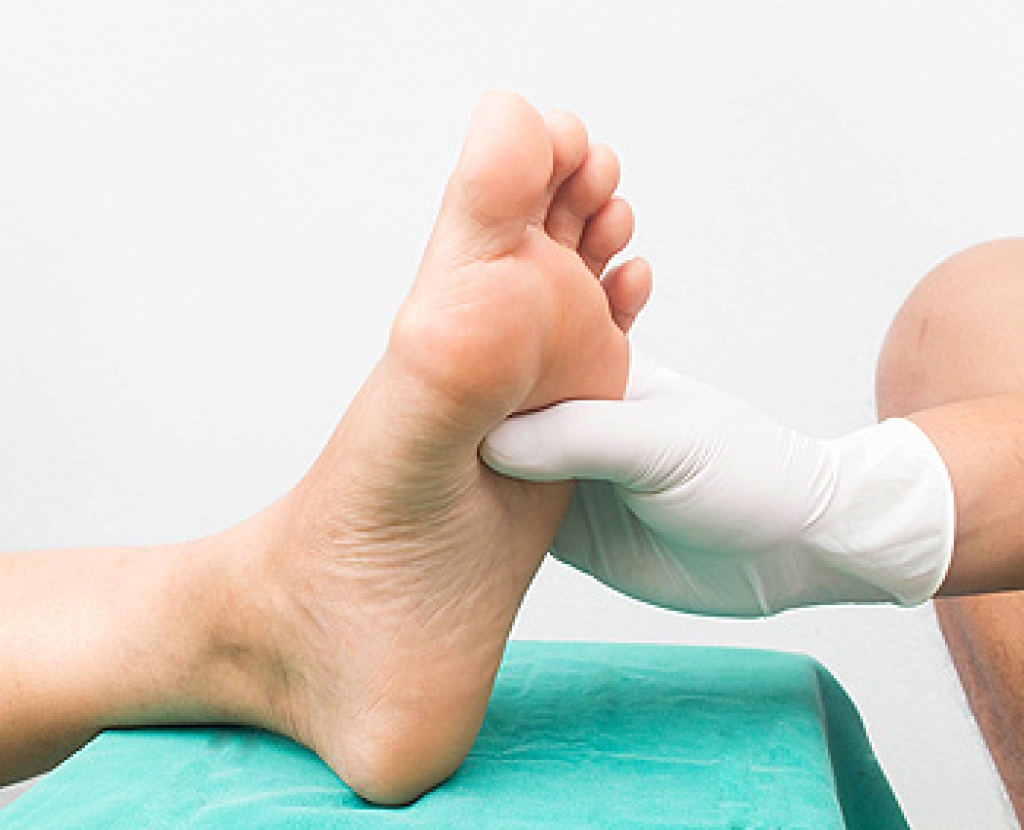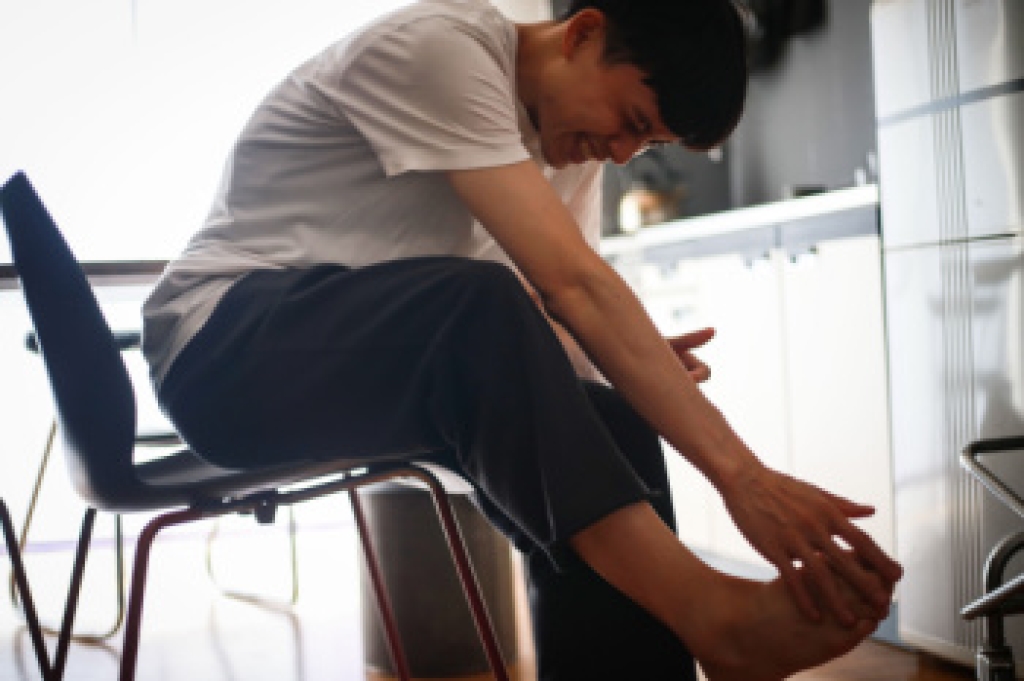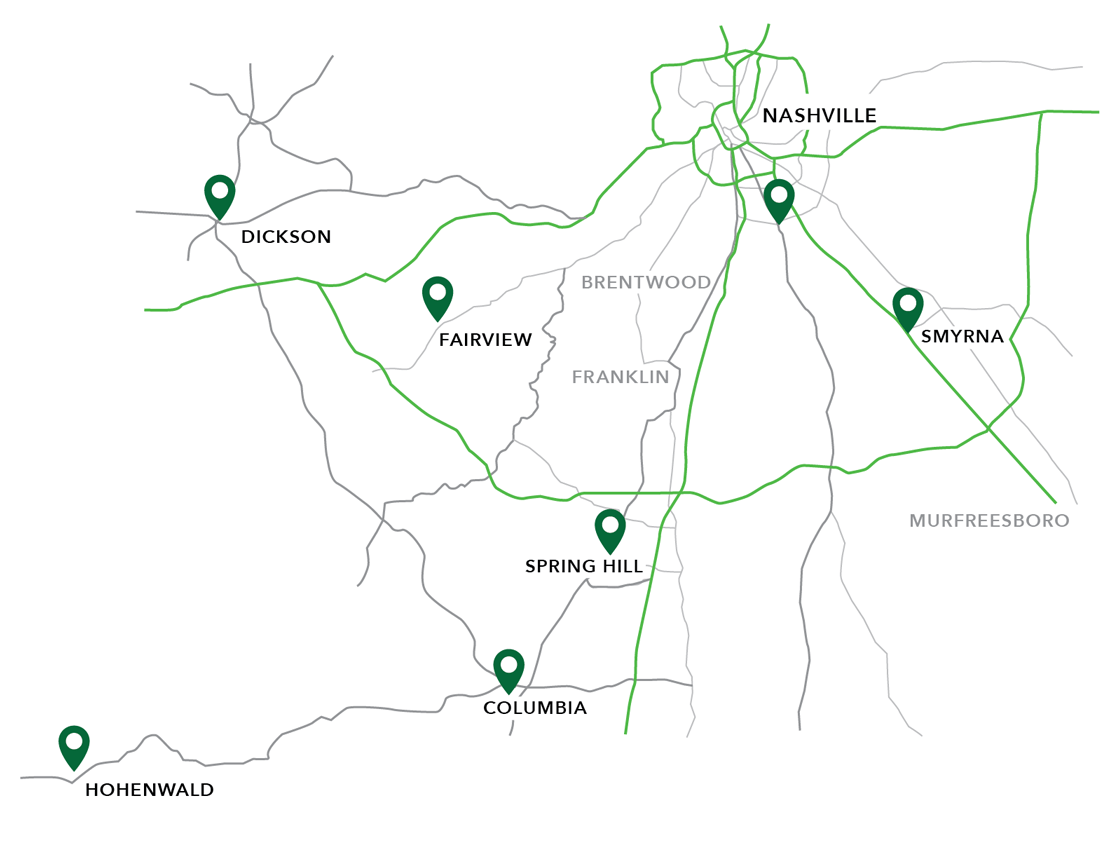
As people age, foot strength and stability play a major role in balance and mobility. Weakness in the toes and ankles can make walking less steady, increasing the risk of slips or falls. Many older adults also wear shoes that do not fit properly or lack support, further compromising safety. Strengthening the feet through simple exercises and choosing footwear designed for stability can make a significant difference in maintaining independence. Podiatrists can assess foot function, recommend balance-improving footwear, and design targeted exercise programs to build strength in the toes and arches. These steps are especially important when combined with care from other health professionals to support overall movement and confidence. If you have noticed changes in your balance or foot strength, it is suggested that you see a podiatrist for an evaluation and personalized care.
Proper foot care is something many older adults forget to consider. If you have any concerns about your feet and ankles, contact one of our podiatrists from Advanced Foot & Ankle Care Centers. Our doctors can provide the care you need to keep you pain-free and on your feet.
The Elderly and Their Feet
As we age we start to notice many changes in our body, but the elder population may not notice them right away. Medical conditions may prevent the elderly to take notice of their foot health right away. Poor vision is a lead contributor to not taking action for the elderly.
Common Conditions
- Neuropathy – can reduce feeling in the feet and can hide many life-threatening medical conditions.
- Reduced flexibility – prevents the ability of proper toenail trimming, and foot cleaning. If left untreated, it may lead to further medical issues.
- Foot sores – amongst the older population can be serious before they are discovered. Some of the problematic conditions they may face are:
- Gouging toenails affecting nearby toe
- Shoes that don’t fit properly
- Pressure sores
- Loss of circulation in legs & feet
- Edema & swelling of feet and ankles
Susceptible Infections
Diabetes and poor circulation can cause general loss of sensitivity over the years, turning a simple cut into a serious issue.
If you have any questions, please feel free to contact our offices located in Nashville, Smyrna, Spring Hill, Columbia, Dickson, Fairview, Hohenwald, TN and Midtown, TN . We offer the newest diagnostic and treatment technologies for all your foot care needs.






